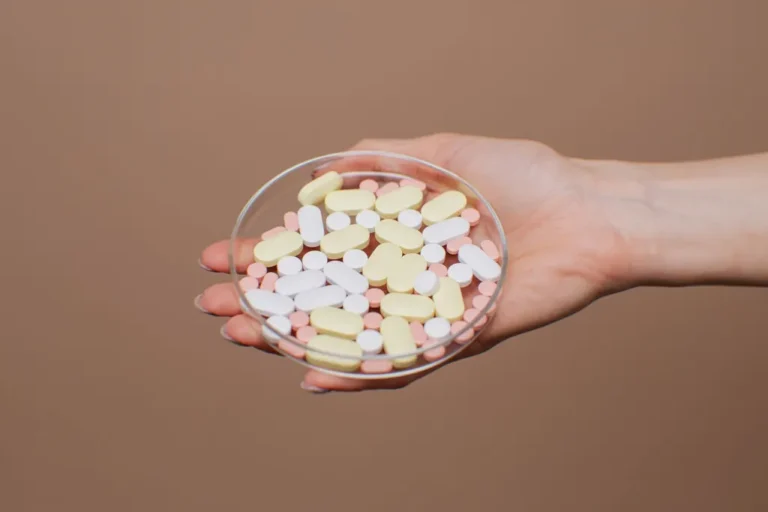Introduction to Sustainable Seafood
You know what’s awesome? A juicy, buttery piece of grilled salmon. Or shrimp tacos Sustainable seafood. Seafood’s kind of a big deal. It’s tasty, it’s healthy, and—let’s be real—sometimes it’s fancy. But hang on. Ever stopped and asked, “Where exactly did this come from?”
Here’s the thing. Sustainable seafood isn’t just about flavor or vibes. It’s about the future. The ocean’s future. Our future.
Why Sustainable Seafood Matters
Imagine a world where tuna just… disappears. Where fishing boats bring back empty nets. That’s what overfishing can do.
Unsustainable fishing wrecks ecosystems. Kills marine life that shouldn’t be caught. Hurts communities who rely on fish for food and money. Choosing sustainable seafood? That’s how we fix that. Or at least, try.
Impact of Unsustainable Fishing Practices
Let’s paint a picture. A massive net drags along the ocean floor. Coral gets crushed. A turtle gets tangled. Dolphins? Caught by accident.
That’s the reality when fishing isn’t done right. It’s not just about the fish. It’s about everything else too.
The economy feels it. Coastal towns suffer. It’s a ripple effect, and it’s ugly.
Who Is the Marine Stewardship Council (MSC)?
So—who’s watching the sea? One big name: The Marine Stewardship Council, or MSC.
They’re not some shady outfit. They’re legit. A global nonprofit. Their job? To keep oceans full of life and seafood sustainable.
MSC’s Mission and Vision
Their mission? Simple. End overfishing. Encourage better fishing.
Their vision? Oceans full of life. Forever.
Bold, yeah? But totally doable.
History and Global Influence
Back in 1997, MSC started with a question: “What if people could choose ocean-friendly fish?”
Flash forward. Today? MSC-certified products are in stores across 100+ countries. Millions of items. That little blue label? It’s everywhere.
The MSC Blue Label: What It Means
You’ve probably seen it. Blue, fishy, official-looking. But what does it mean?
It means the fish was caught in a way that didn’t wreck the ocean. It means the fishery was checked out by experts. Real ones. Not just a marketing team.
It’s not a sticker. It’s a promise.
Key Principles of MSC Certification
Okay—so how does a fishery earn that label? They gotta play by some tough rules.
Sustainable Fish Stocks
They can’t overfish. Populations have to stay strong. Otherwise, it’s game over.
Minimizing Environmental Impact
No destroying coral reefs or scooping up endangered animals. Be smart. Be gentle.
Effective Fisheries Management
If stuff changes—weather, populations, migration—fisheries gotta adjust. Quickly.
How the MSC Certification Process Works
This isn’t a participation trophy. Fisheries get scrutinized.
Third-Party Assessment
MSC doesn’t check their own work. Independent scientists do. Objective, no nonsense.
Continuous Improvement and Audits
Getting certified? That’s step one. Keeping it? That’s the real challenge. Fisheries are audited. A lot.
Chain of Custody Certification
The fish is tracked from ocean to freezer. To plate. No funny business allowed. No fakes, no swaps.
How Consumers Can Identify Sustainable Seafood
Good news? You don’t need a marine biology degree to shop smart.
Spotting the MSC Blue Label
Look for the blue label. That’s it. Really.
Choosing Certified Retailers and Brands
Big names like Aldi, Whole Foods, even Walmart—they’re in. Brands like Bumble Bee and Wild Planet too.
Asking Questions at Restaurants and Markets
Not seeing a label? Ask. “Is this sustainable?” One question could shift a whole supply chain. You never know.
How Businesses Support Sustainability Through MSC
You’re not the only one making choices. Restaurants, grocery stores, suppliers—they’re all players in this.
Retailers and Restaurants Leading the Way
Many have committed to only sell MSC-certified seafood. Not just because it’s right. But because their customers care.
Partnering with Certified Suppliers
Working with certified sources = credibility. It’s how they stay ahead. And it keeps the chain clean.
The Environmental and Economic Benefits of Sustainable Seafood
This isn’t just a nature thing. It’s a dollars-and-sense thing too.
Protecting Marine Ecosystems
No healthy ocean = no fish. Pretty basic math.
Long-Term Food Security
You wanna eat seafood in 30 years? Then we need sustainable fishing now.
Supporting Coastal Communities
Millions depend on fishing to live. Sustainable practices protect their jobs, their families, their futures.
Common Myths About Sustainable Seafood
Let’s kill a few myths.
It’s Too Expensive
Not always. Tuna cans, frozen fillets—many MSC-certified options are budget-friendly.
Limited Choices
Nope. Tons of options. Cod. Haddock. Mussels. Even sushi-grade stuff.
It’s Not Easily Available
Wrong again. It’s in your local grocery store. Probably right next to the stuff you already buy.
How You Can Make a Difference
This isn’t about going vegan or living off the grid. It’s just about… caring. A little more.
Be an Informed Shopper
Start with labels. Then ask questions. Simple stuff.
Spread Awareness
Got friends? Family? Tell ‘em. Share articles. Post pics. Every bit helps.
Support Ocean-Friendly Policies
Vote. Sign petitions. Show up. Governments listen when enough people make noise.
Challenges Facing Sustainable Seafood Efforts
This ain’t a fairy tale. Problems still exist.
Climate Change and Its Effects
Warmer oceans mess everything up. Fish move. Reefs bleach. We gotta adapt.
Illegal, Unreported, and Unregulated (IUU) Fishing
Pirate fishing’s a real thing. And it wrecks the progress we make. Need more global enforcement.
Lack of Global Standards
Some countries do great. Others? Not so much. We need to level the playing field.
Future of Sustainable Seafood
Hope’s not lost. Not even close.
Technological Innovations
Smart tags. Drones. Satellite tracking. The future’s digital—and it’s helping.
Growing Consumer Awareness
People care now. They ask. They research. And companies? They notice.
Policy and Regulation Changes
More governments are tightening rules. That’s good. But we can’t stop pushing.
Conclusion
Let’s be real—sustainability isn’t a buzzword. It’s survival. It’s saying, “Hey, we want fish tomorrow. And next year. And when our kids grow up.”
The Marine Stewardship Council gives us a tool. A guide. That blue label? It’s a tiny logo with a huge impact.
So next time you’re at the store, make the choice. The better one. The ocean—and everyone who depends on it—will thank you.
FAQs
1. What types of seafood are most commonly certified by MSC?
Stuff like Alaskan salmon, cod, haddock, tuna, and mussels. Lots of variety. You won’t get bored.
2. Is farmed seafood considered sustainable?
Not under MSC—they cover wild-caught. But the Aquaculture Stewardship Council (ASC) does certify sustainable farming.
3. Does MSC certification guarantee zero environmental harm?
Nope. But it gets us really close. Continuous improvement is the game.
4. Can small fisheries get certified too?
Yep! MSC has pathways and support. Even small-scale outfits can step up.
5. Where can I learn more about sustainable seafood options?
Check out msc.org. They’ve got guides, tools, even recipes.
Please don’t forget to leave a review.




